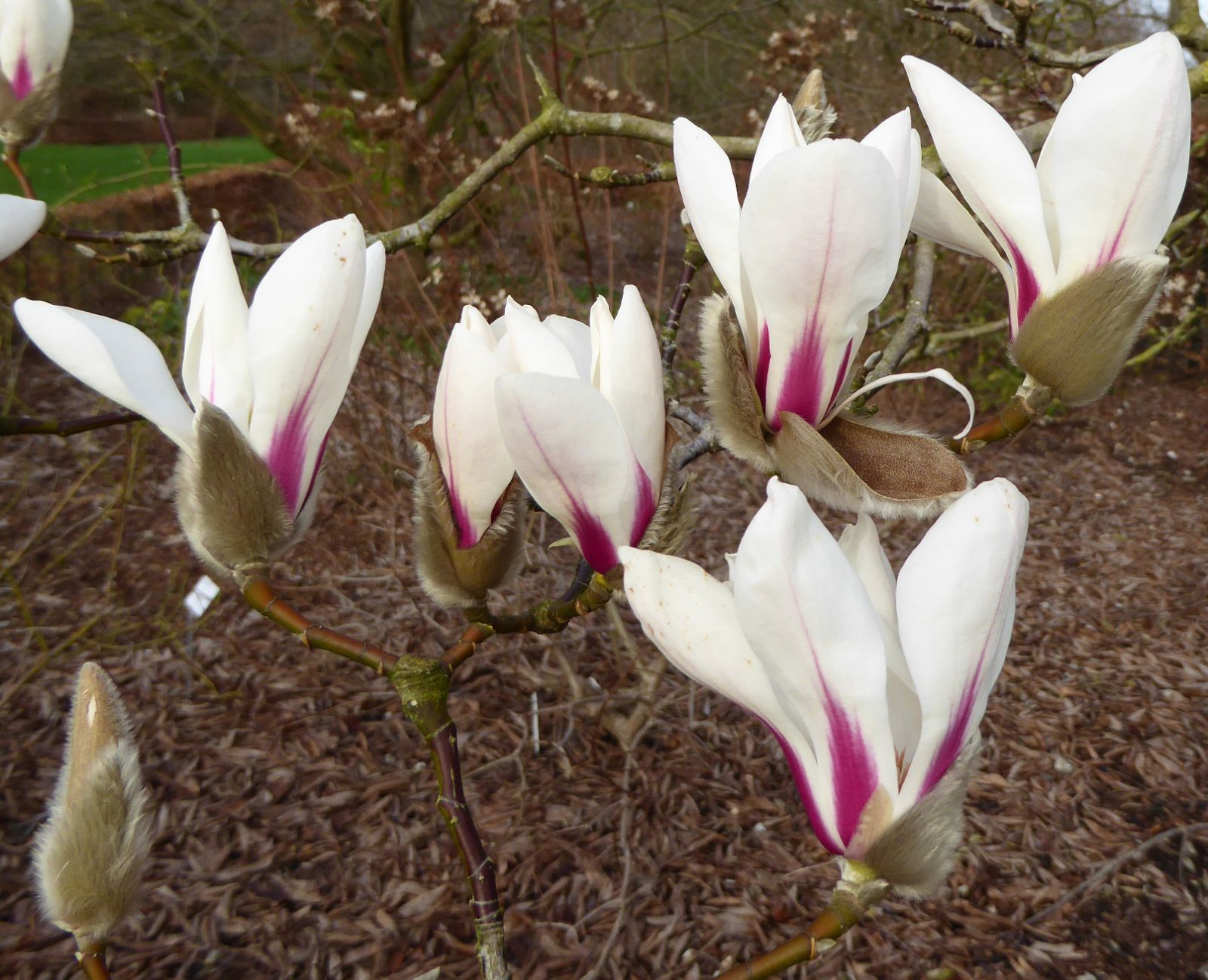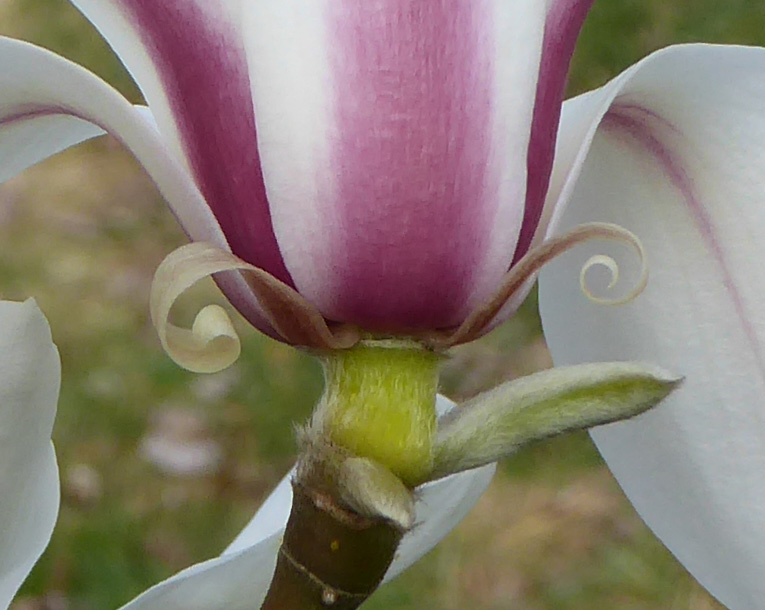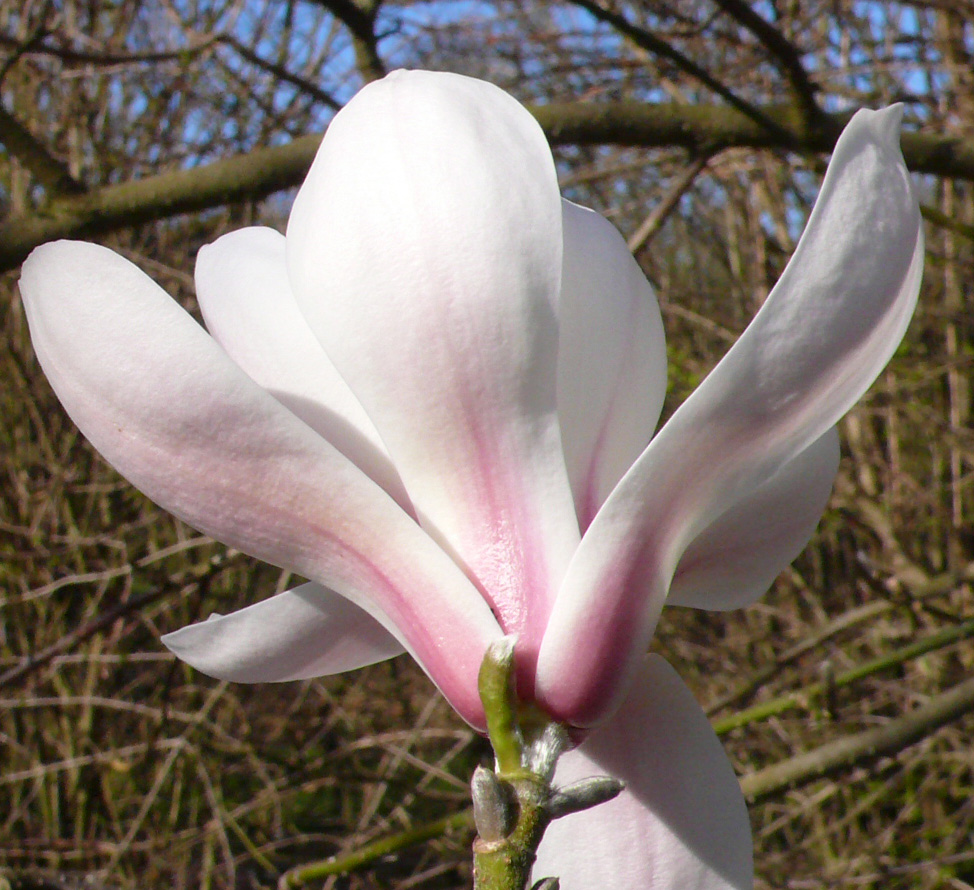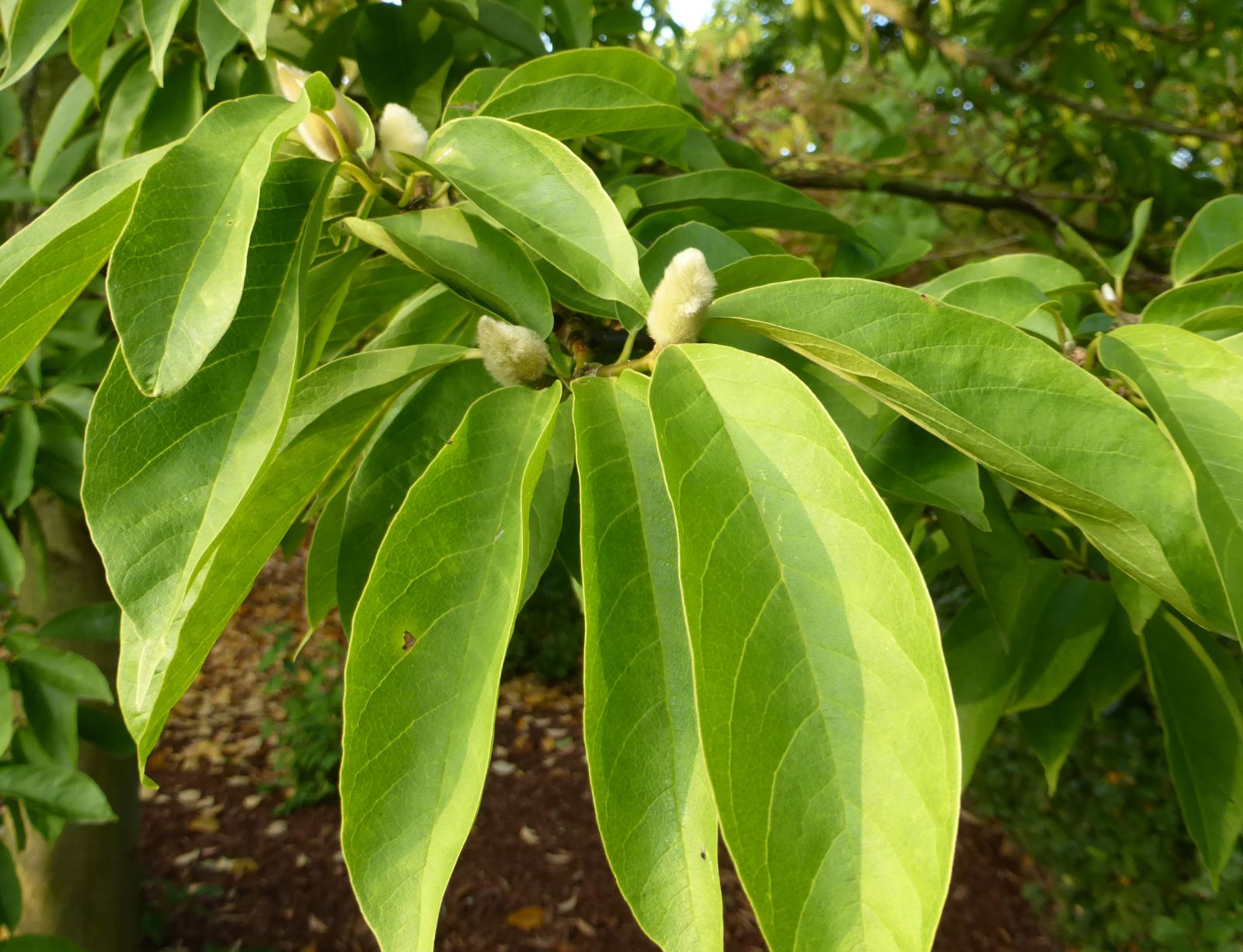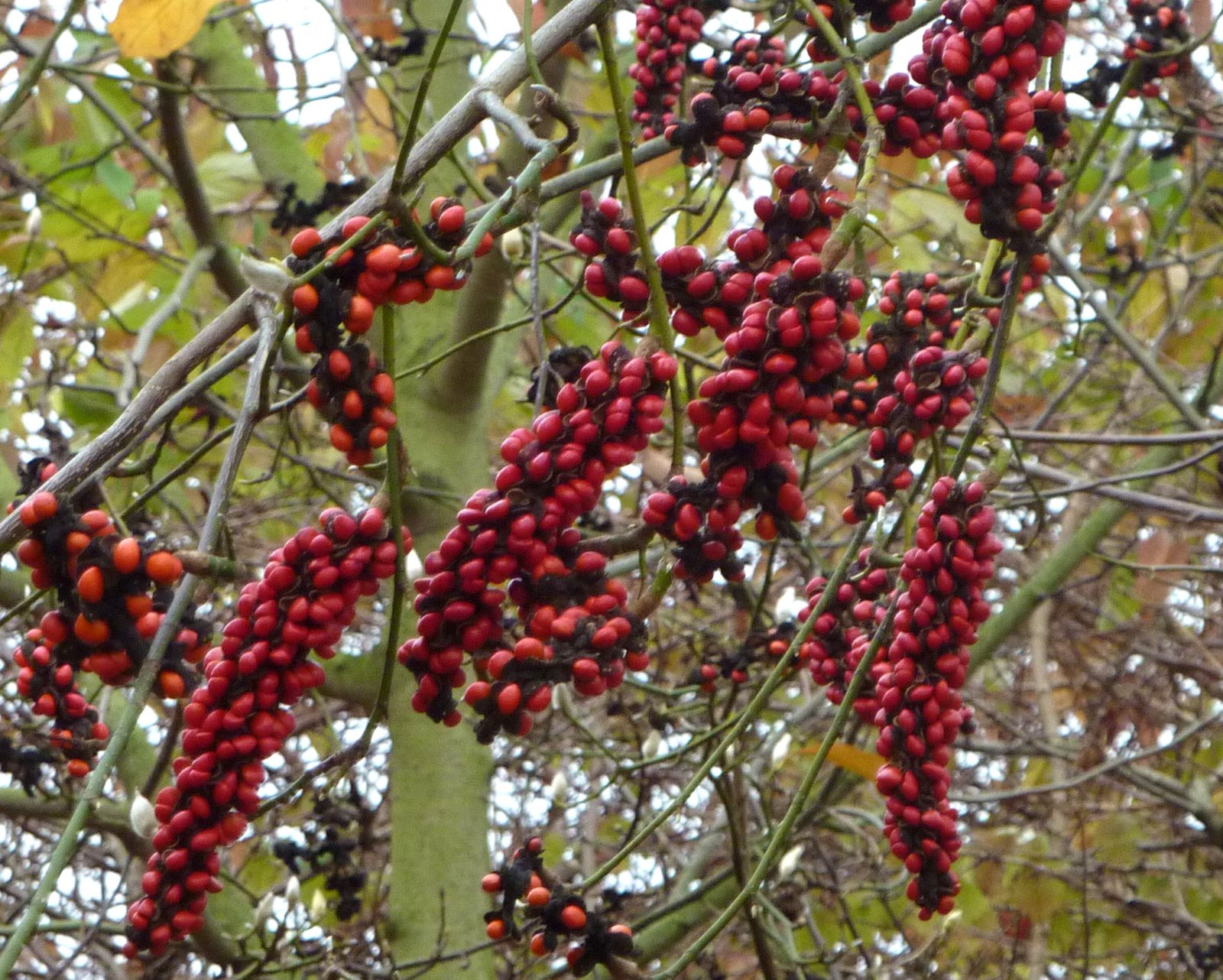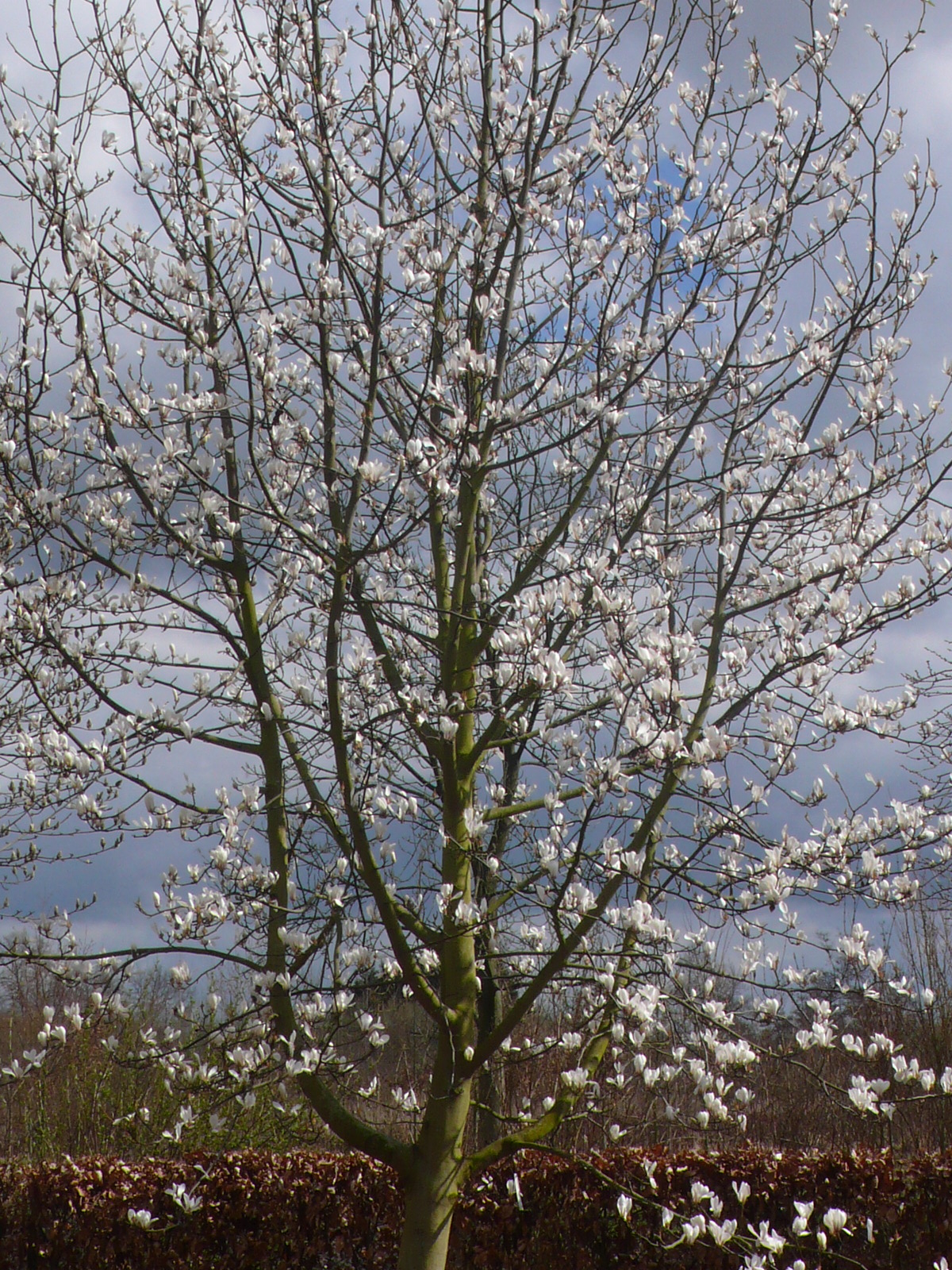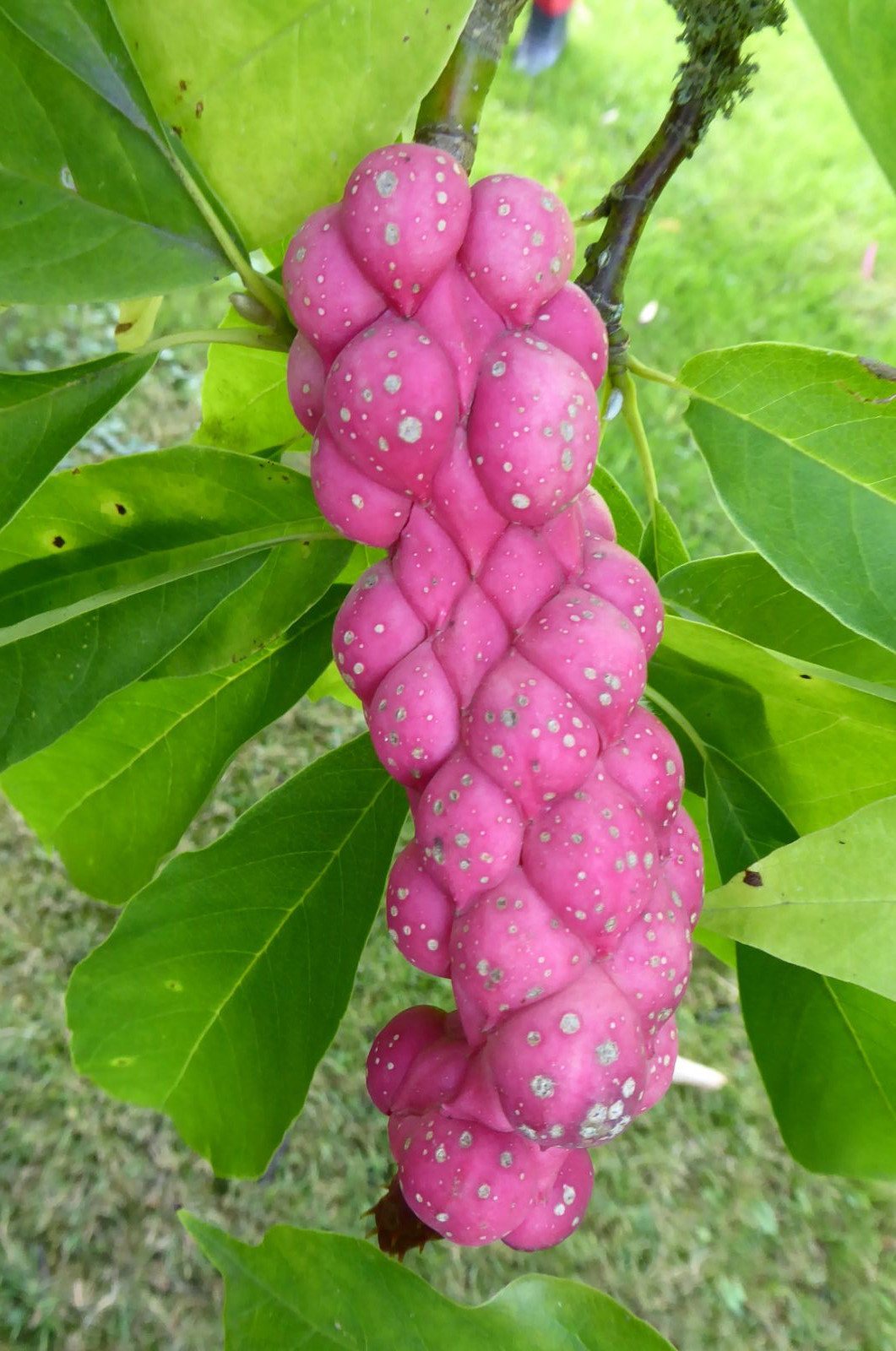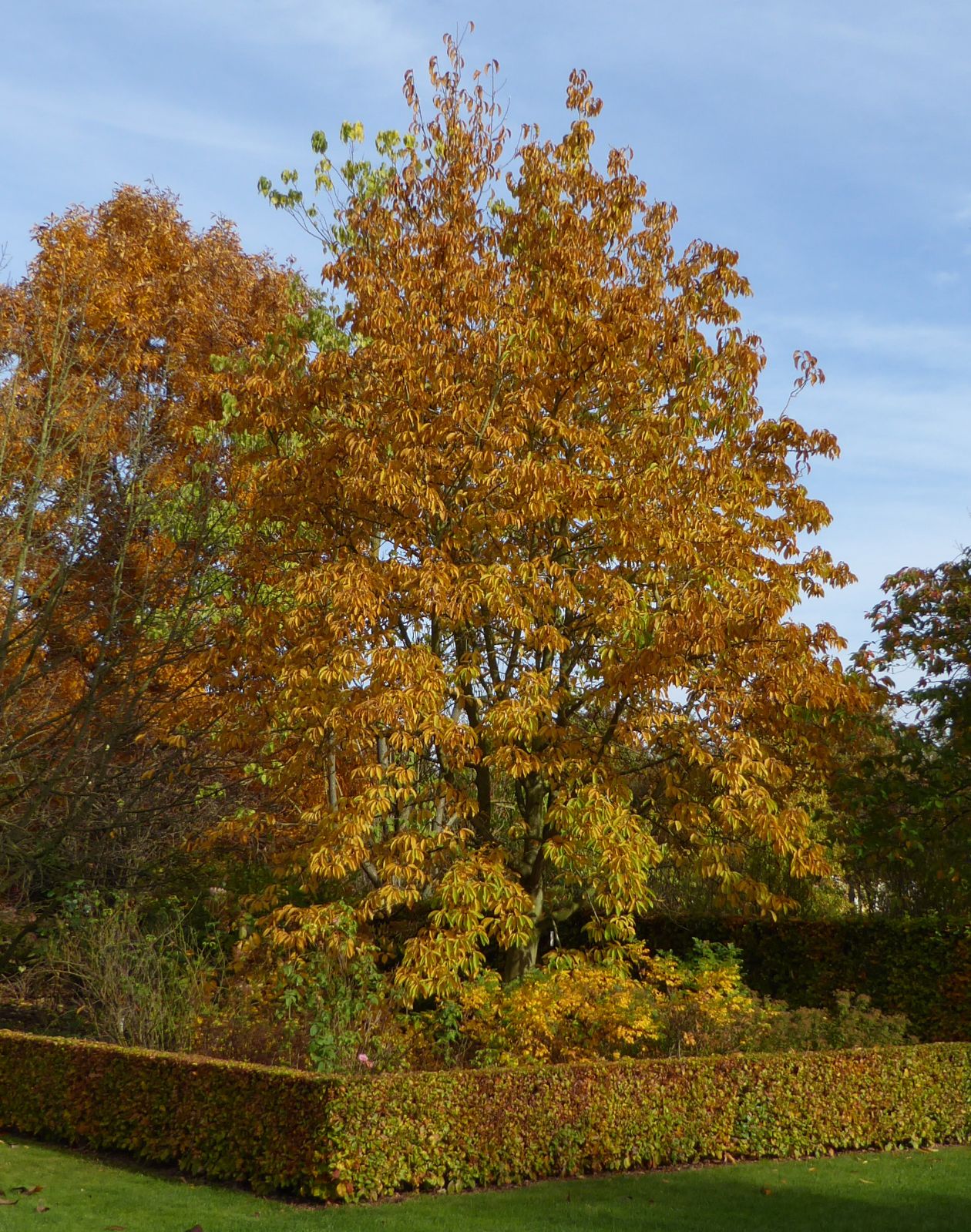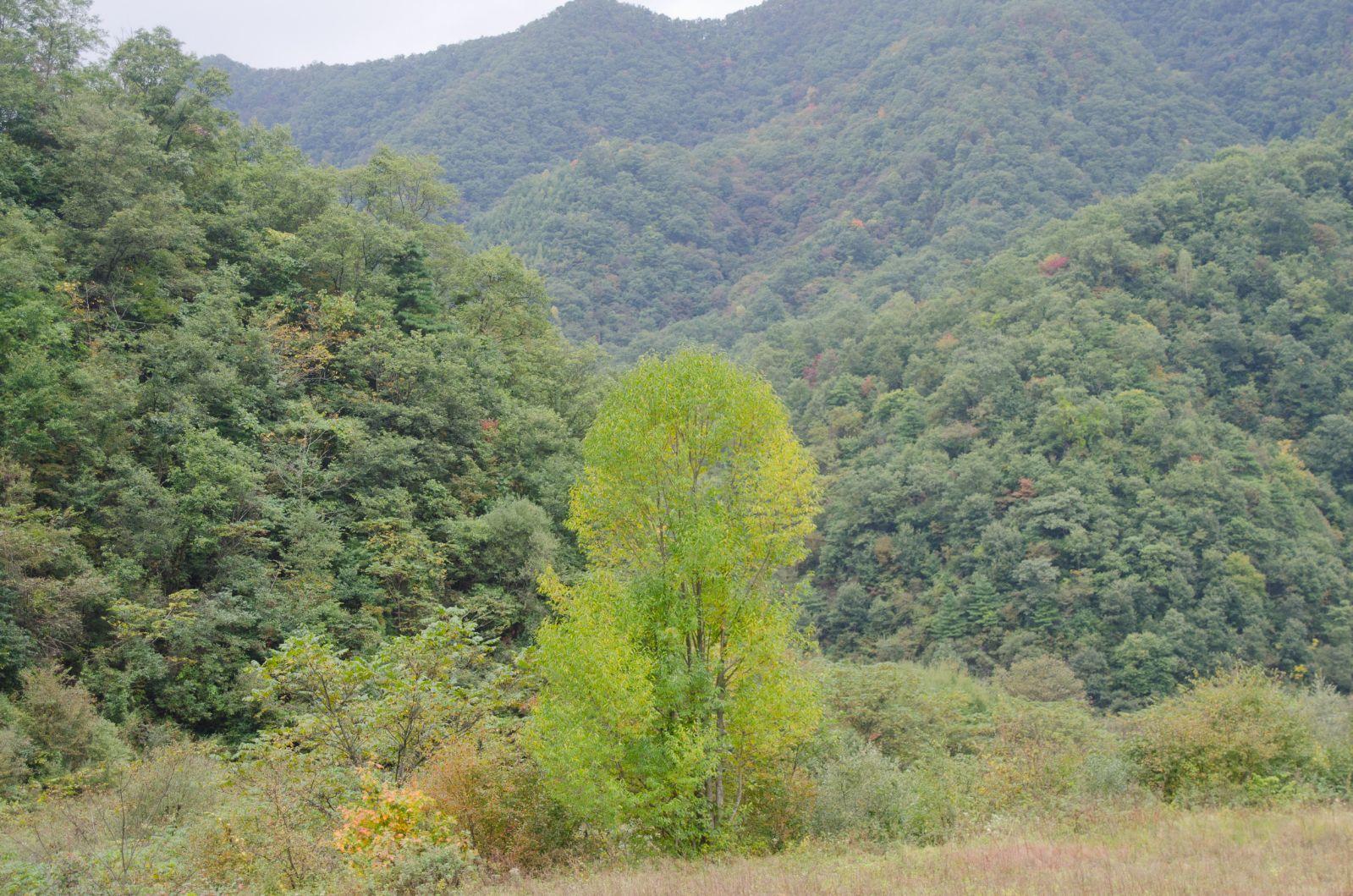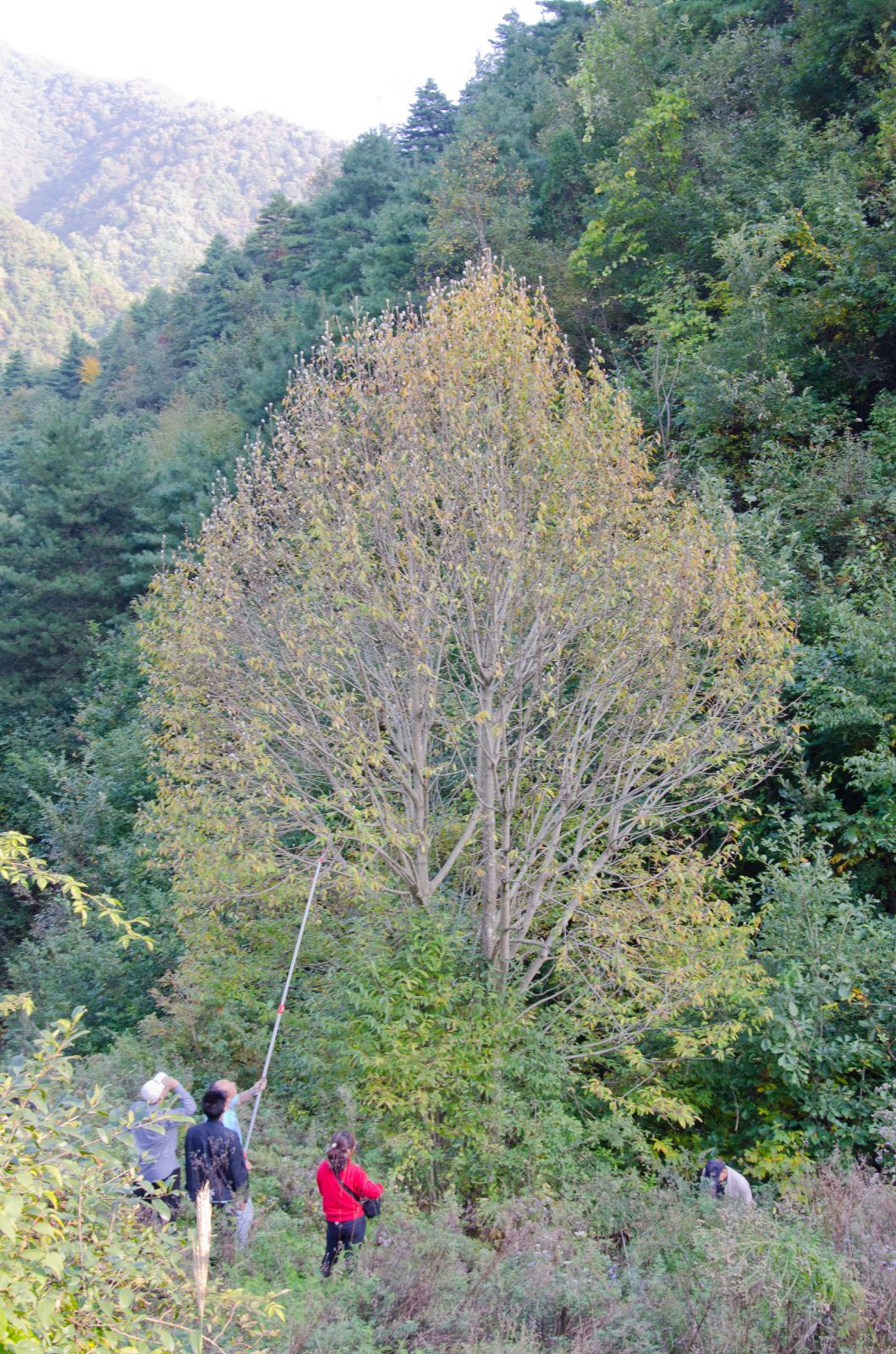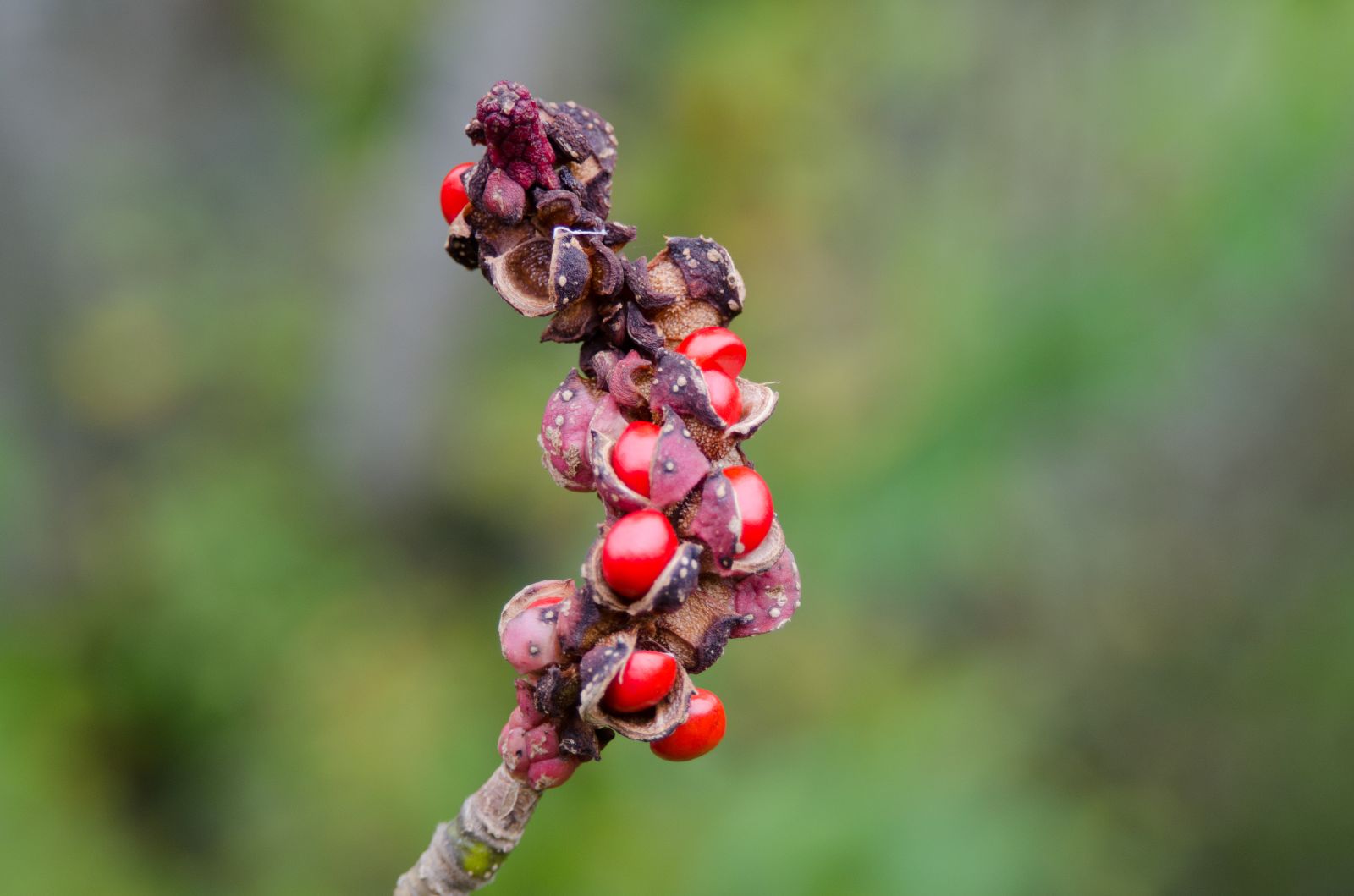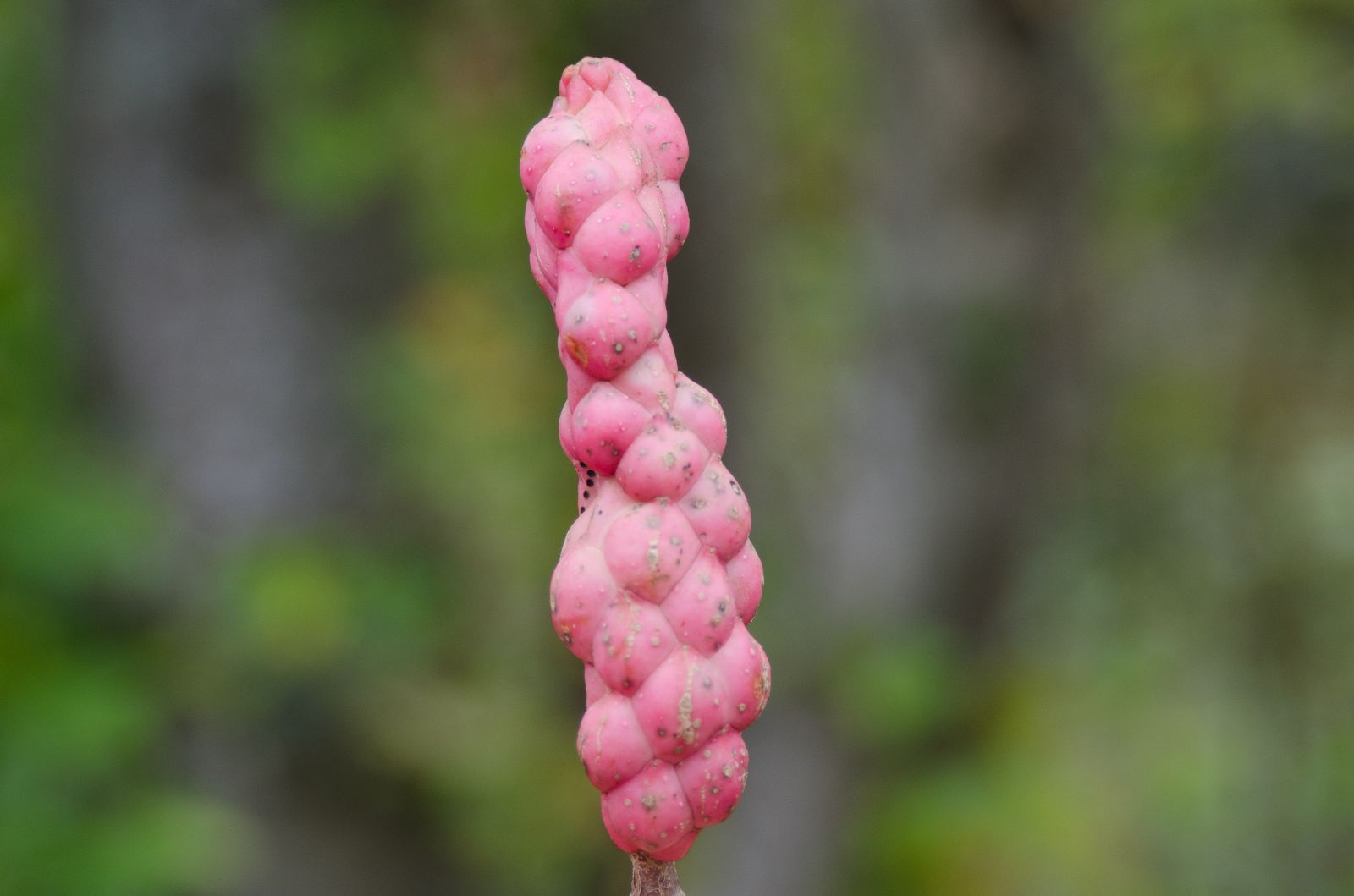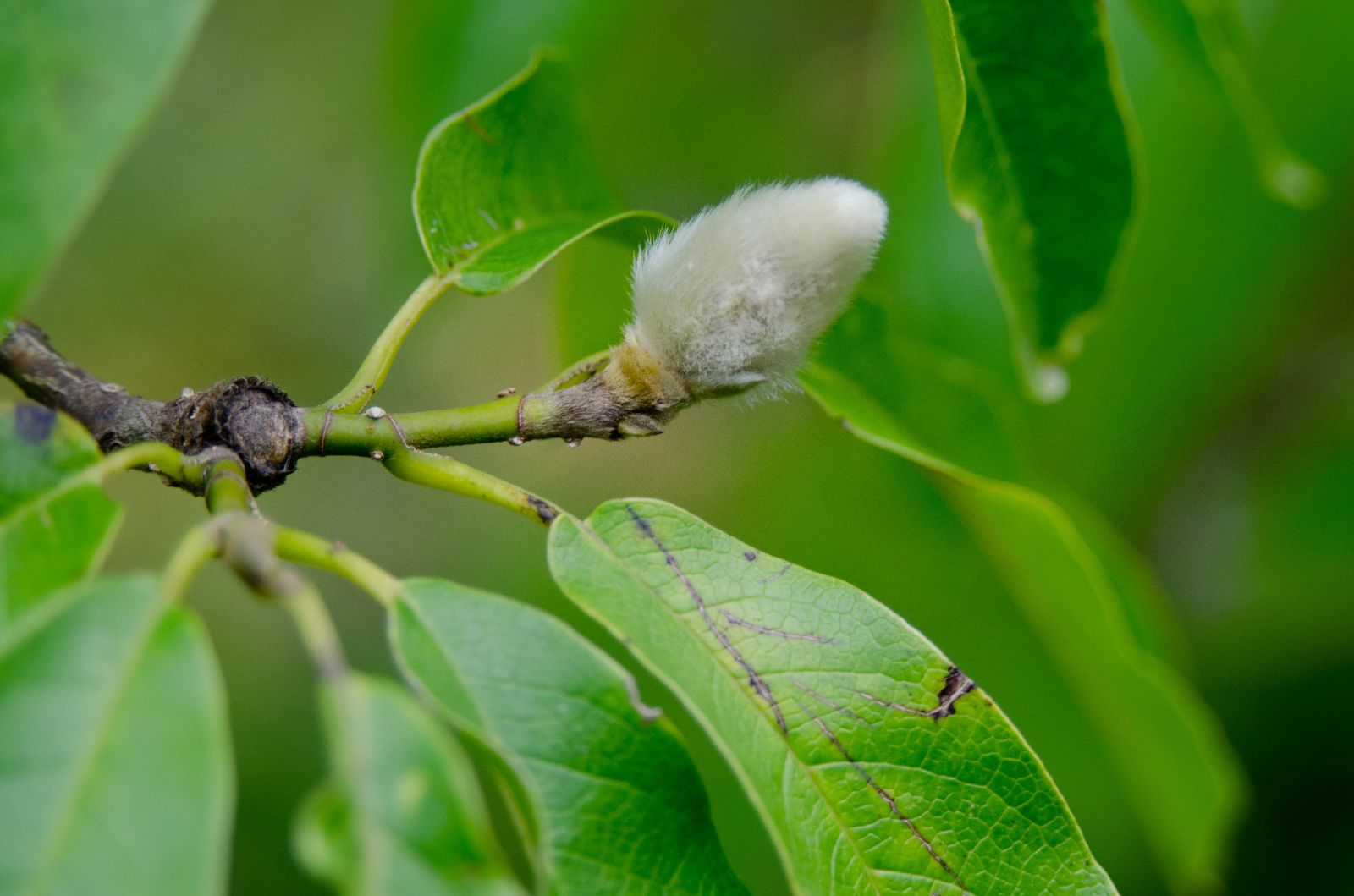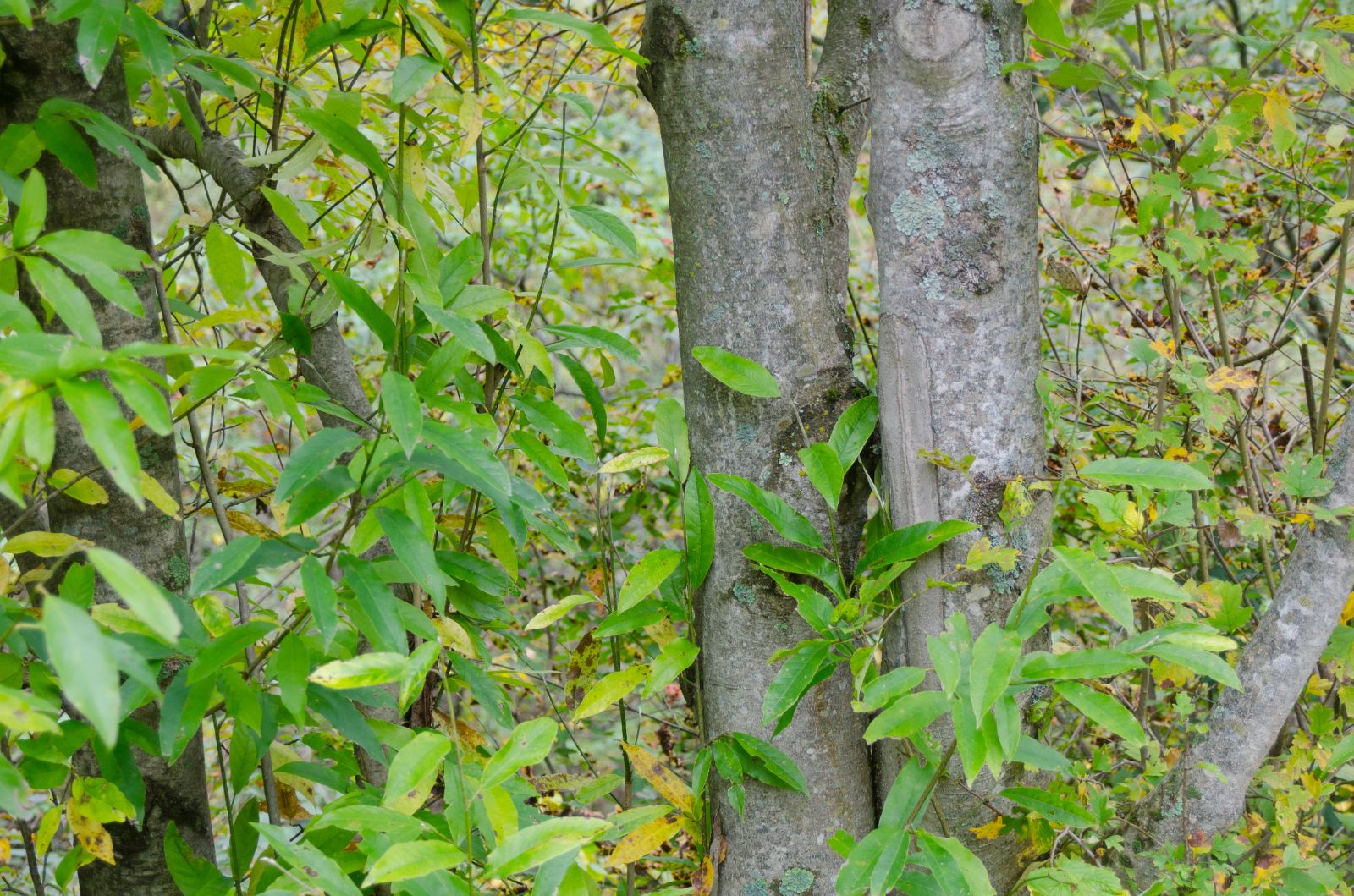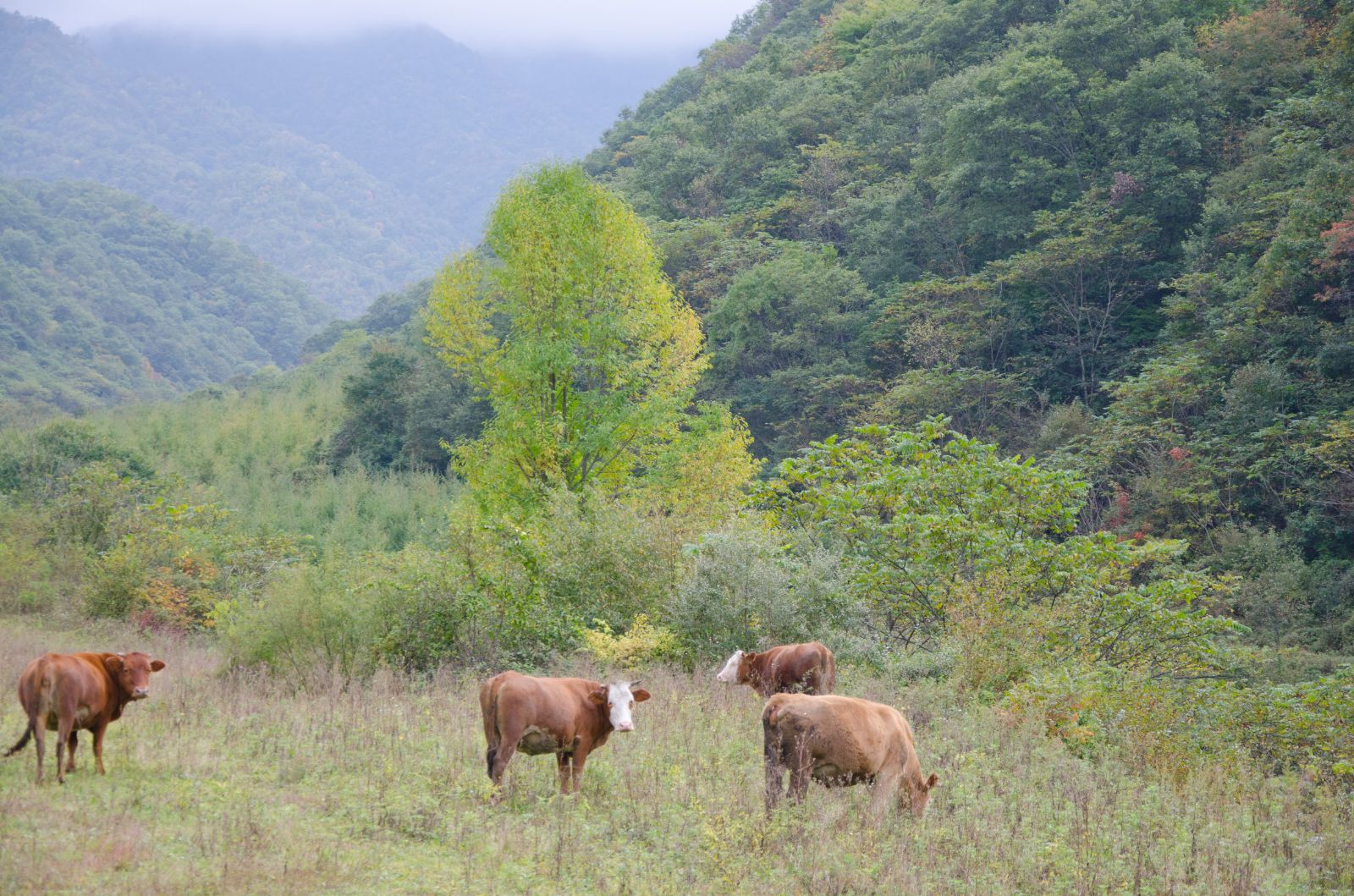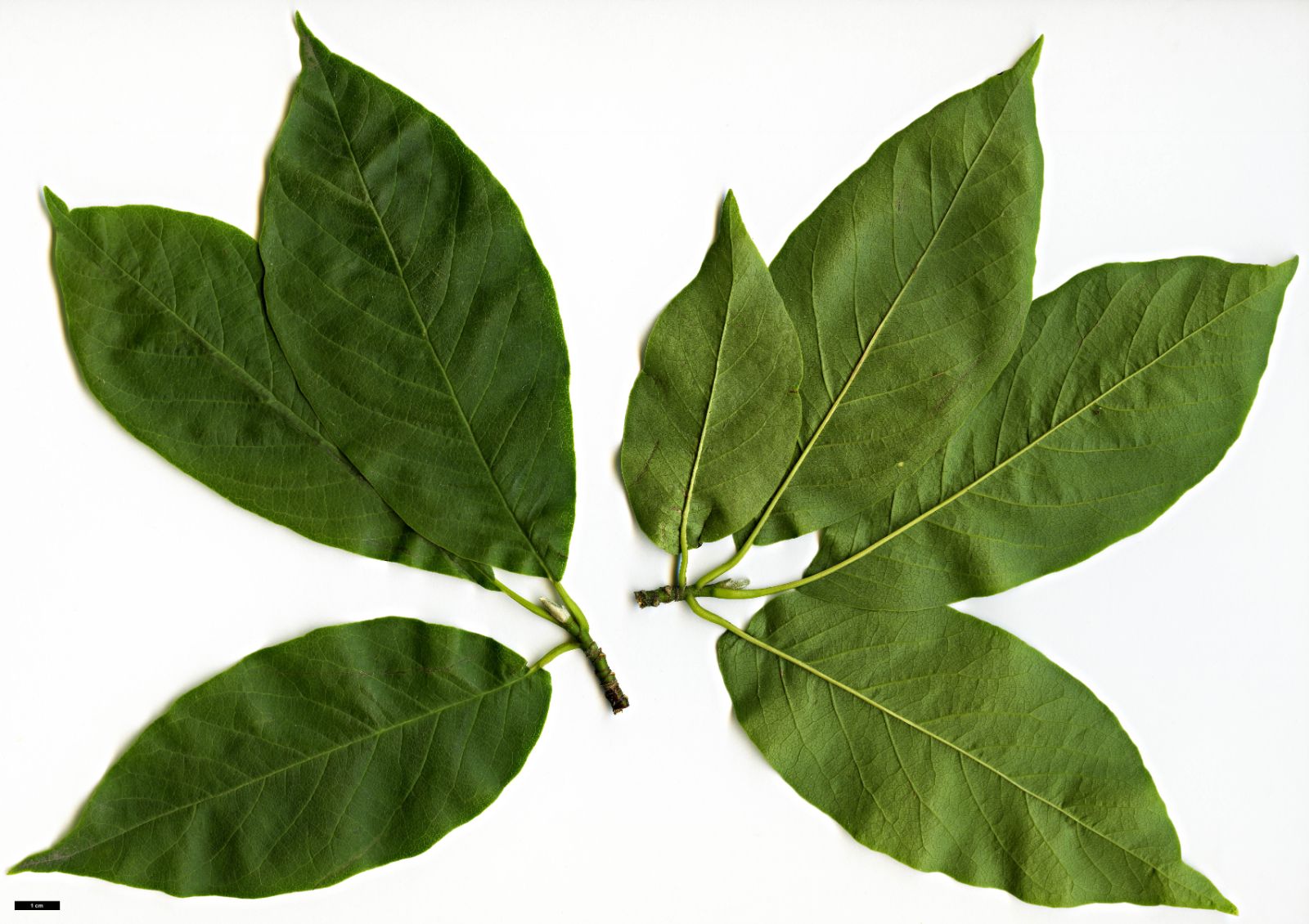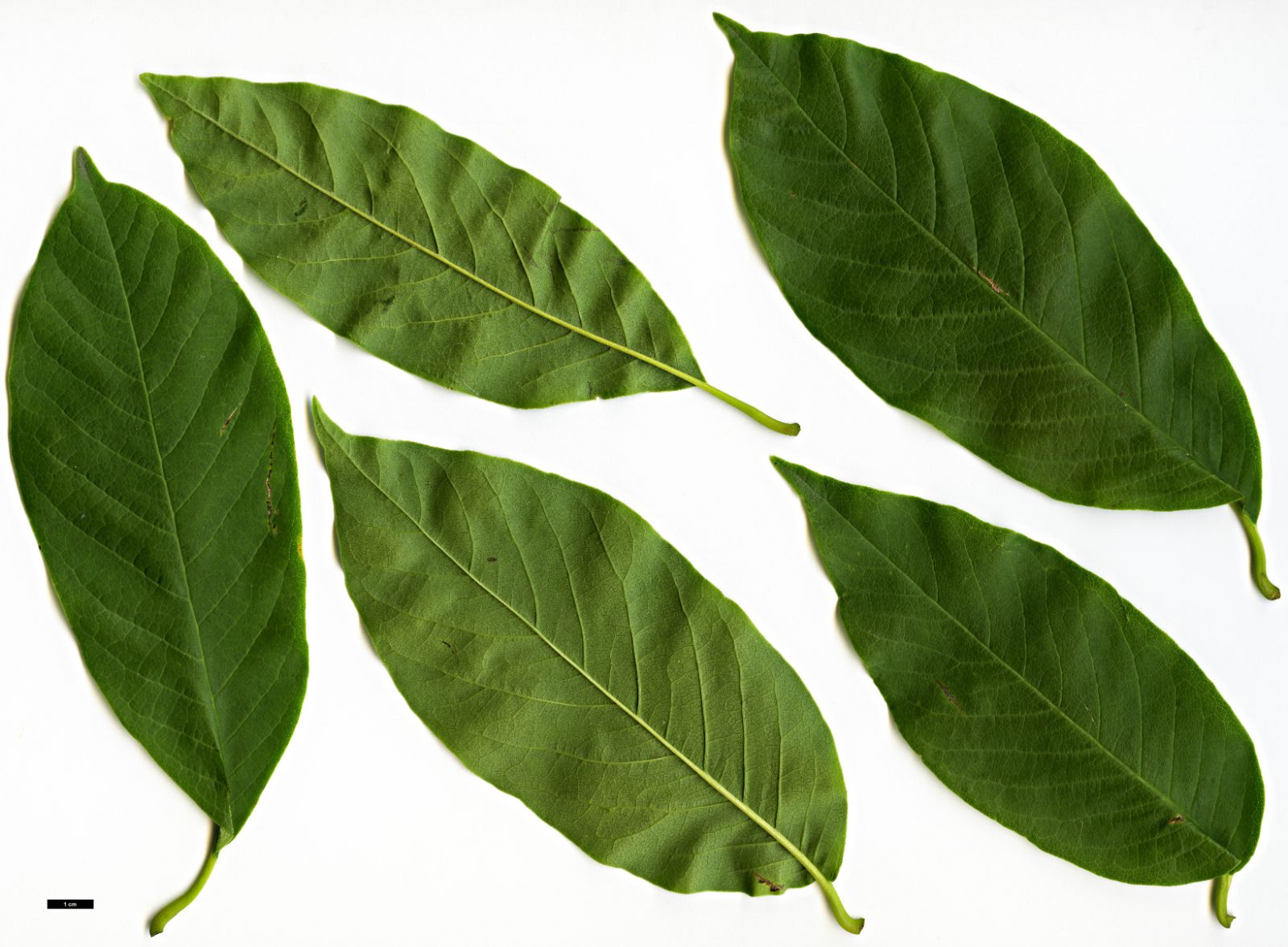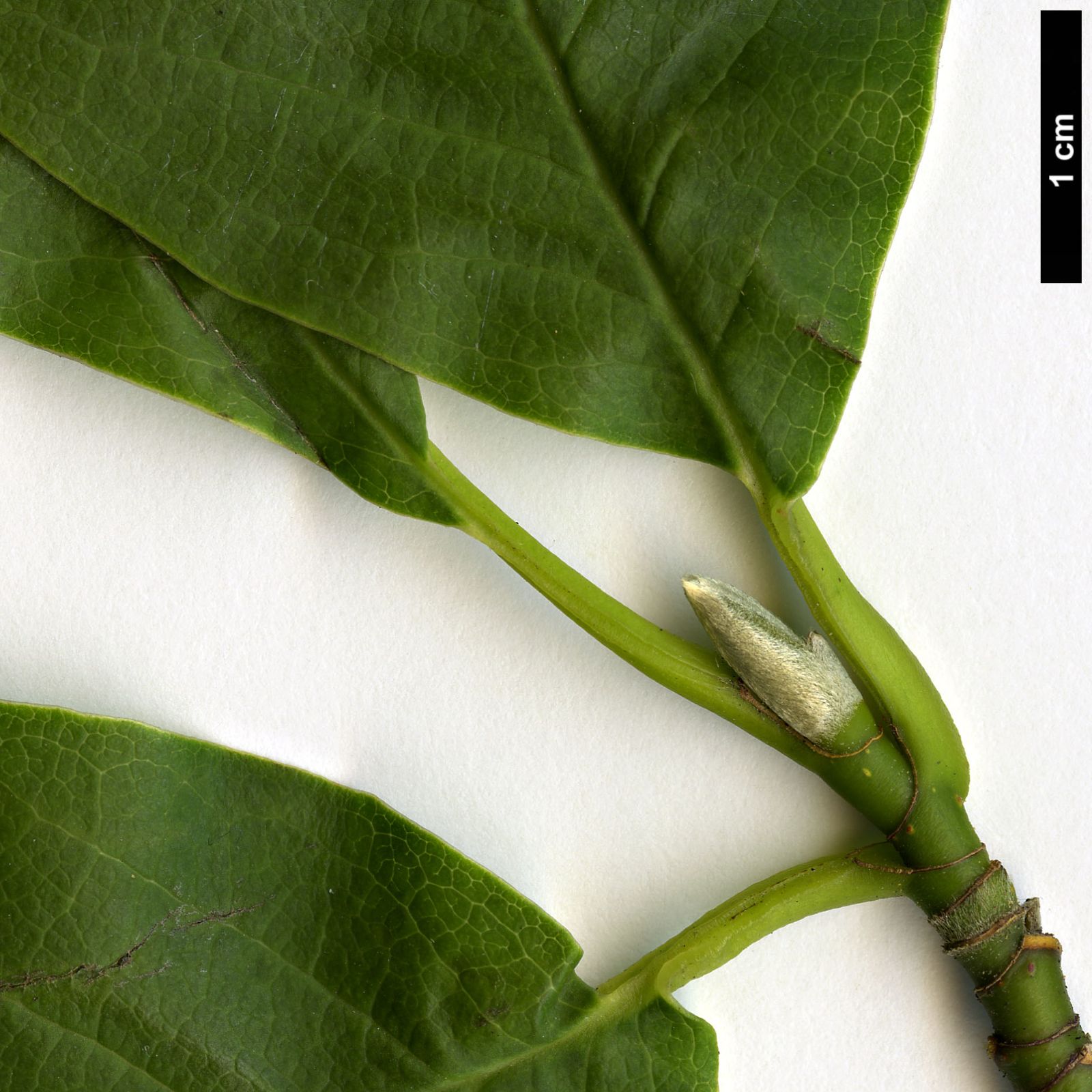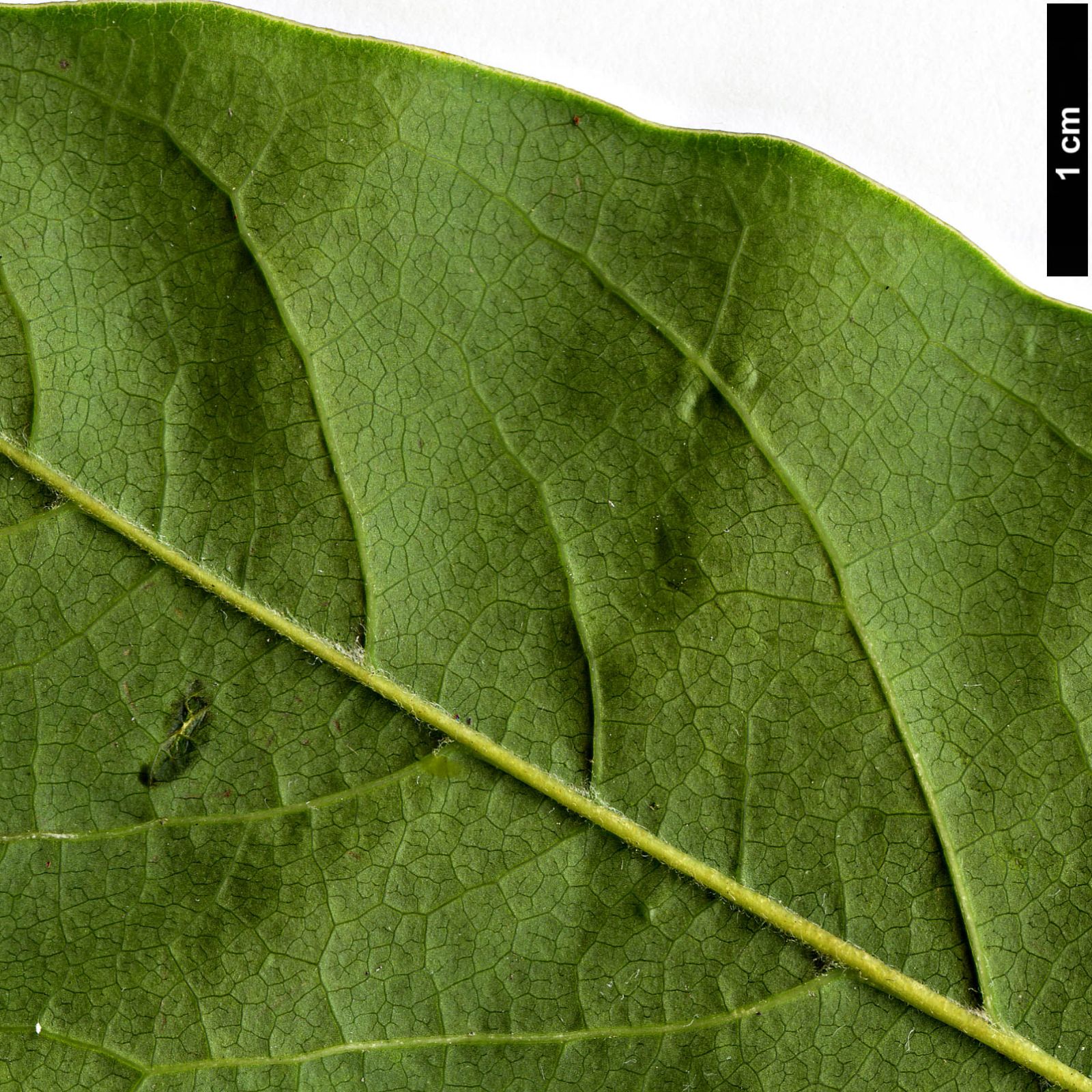Magnolia biondii
Sponsor
Kindly sponsored by
The Roy Overland Charitable Trust

Credits
Julian Sutton (2022)
Recommended citation
Sutton, J. (2022), 'Magnolia biondii' from the website Trees and Shrubs Online (treesandshrubsonline.
Genus
- Magnolia
- Section Yulania
Synonyms
- Magnolia aulacosperma Rehder & E.H. Wilson
Other taxa in genus
- Magnolia acuminata
- Magnolia × alba
- Magnolia amabilis
- Magnolia amoena
- Magnolia aromatica
- Magnolia × brooklynensis
- Magnolia campbellii
- Magnolia cathcartii
- Magnolia cavaleriei
- Magnolia caveana
- Magnolia champaca
- Magnolia changhungtana
- Magnolia chapensis
- Magnolia compressa
- Magnolia conifera
- Magnolia Cultivars A
- Magnolia Cultivars B
- Magnolia Cultivars C
- Magnolia Cultivars D
- Magnolia Cultivars E
- Magnolia Cultivars F
- Magnolia Cultivars G
- Magnolia Cultivars H–I
- Magnolia Cultivars J
- Magnolia Cultivars K
- Magnolia Cultivars L
- Magnolia Cultivars M
- Magnolia Cultivars N–O
- Magnolia Cultivars P
- Magnolia Cultivars Q–R
- Magnolia Cultivars S
- Magnolia Cultivars T
- Magnolia Cultivars U–V
- Magnolia Cultivars W–Z
- Magnolia cylindrica
- Magnolia dandyi
- Magnolia dawsoniana
- Magnolia de Vos and Kosar hybrids
- Magnolia decidua
- Magnolia delavayi
- Magnolia denudata
- Magnolia doltsopa
- Magnolia duclouxii
- Magnolia ernestii
- Magnolia figo
- Magnolia floribunda
- Magnolia × foggii
- Magnolia fordiana
- Magnolia foveolata
- Magnolia fraseri
- Magnolia fulva
- Magnolia globosa
- Magnolia × gotoburgensis
- Magnolia grandiflora
- Magnolia grandis
- Magnolia Gresham hybrids
- Magnolia guangdongensis
- Magnolia hookeri
- Magnolia insignis
- Magnolia Jury hybrids
- Magnolia × kewensis
- Magnolia kobus
- Magnolia kwangtungensis
- Magnolia laevifolia
- Magnolia lanuginosa
- Magnolia leveilleana
- Magnolia liliiflora
- Magnolia × loebneri
- Magnolia lotungensis
- Magnolia macclurei
- Magnolia macrophylla
- Magnolia martini
- Magnolia maudiae
- Magnolia nitida
- Magnolia obovata
- Magnolia officinalis
- Magnolia opipara
- Magnolia × proctoriana
- Magnolia × pruhoniciana
- Magnolia rostrata
- Magnolia salicifolia
- Magnolia sapaensis
- Magnolia sargentiana
- Magnolia sieboldii
- Magnolia sinensis
- Magnolia sinica
- Magnolia sinostellata
- Magnolia × soulangeana
- Magnolia sprengeri
- Magnolia stellata
- Magnolia tamaulipana
- Magnolia × thomsoniana
- Magnolia tripetala
- Magnolia × veitchii
- Magnolia virginiana
- Magnolia × wieseneri
- Magnolia wilsonii
- Magnolia xinganensis
- Magnolia yunnanensis
- Magnolia yuyuanensis
- Magnolia zenii
Tree to 12 m, 1 m dbh; single- or multi-stemmed. Bark smooth and pale grey. Branchlets slender, greyish green and glabrous. Leaves deciduous, papery, 10–22 × 3.5–11 cm, ovate to elliptic or rarely oblanceolate, upper surface dull green, lower surface pale green with long, colourless hairs along the midrib and veins, 10–15 secondary veins on each side of the midrib, margins entire, apex acute to acuminate; petiole 1–2 cm long; stipules adnate to the base of the petiole and densely covered with short white or yellowish hairs. Flowers terminal and produced before the leaves, white with a pinkish-purple centre and fragrant; tepals 9(–12), the outer three linear and 0.8–1.1 cm long, the inner six spathulate and 4–5 × 1.3–2.5 cm; stamens purple; gynoecium sessile. Fruits 6–14.5 cm long, purplish red, cylindrical though some carpels may abort causing the fruit to be contorted; ripe carpels pale brown or black, globose, tuberculate and 0.9–1 cm long, dehiscing along the dorsal sutures. Flowering February to March (China, UK, USA), fruiting September (China). (Chen & Nooteboom 1993; Gardiner 2000; Liu et al. 2004).
Distribution China Gansu, Henan, Hubei, Shaanxi, Sichuan
Habitat Forest, 400–2000 m.
USDA Hardiness Zone 6-8
RHS Hardiness Rating H5
Conservation status Least concern (LC)
The Chinese name for Magnolia biondii translates as ‘Hope of Spring’ (Kehr 1986), which expresses a sentiment many feel as they see magnolia buds swelling. Unfortunately the flowers of M. biondii are rather small and are not produced by young trees, so there are those who feel that this species is of limited horticultural value (J. Gallagher, pers. comm. 2007); it is primarily a tree for the collector. This is in many ways a typical member of Section Yulania, with terminal flower buds opening in late winter or early spring, before the leaves; the flowers can withstand a few degrees of frost (Kehr 1986). The tepals are very unequal, the 3 outermost being very small and sepal-like, while the other 6 are white, with a purple stripe towards the base. The narrow leaves give the tree a light and graceful appearance in summer. It has in common with its Japanese counterpart M. salicifolia yellow-green young branchlets and lemony- or anise-scented wood (Spongberg & Del Tredici 1992). It differs from M. salicifolia in its leaves always being green rather than glaucous beneath, in the silky-pubescent pedicels, and in its seeds being deeply (vs. shallowly) grooved on one side.
Along with M. amoena and M. zenii, this is one of a group of smaller-flowered, early-blooming yulanias poorly known and confused in Western cultivation. They are probably closely related to one another and to M. sinostellata (Wang et al. 2020); M. biondii and M. zenii may be sister species (Li et al. 2019). Following Flora of China (Xia, Liu & Nooteboom 2008) M. biondii should be distinguishable from both M. amoena and M. zenii by its 6 petaloid and 3 sepaloid tepals, although hybrids almost certainly muddy the waters.
This central Chinese species extends further north than almost any other. It was described scientifically in 1910, from specimens collected in Hubei by the missionary-botanist Cipriano Silvestri (Spongberg & Del Tredici 1992). Pampanini’s specific epithet honours Antonio Biondi, who trained Silvestri and other Italian missionaries in collecting techniques, housing many of their specimens in his personal herbarium. Ernest Wilson collected specimens the following year, again in Hubei, describing it (under the synonym M. aulacosperma) as ‘a shapely tree with many rather slender and spreading branches and a wealth of leaves’ (in Sargent 1913). Wilson noted that it was ‘the only Magnolia I found in China which I failed to introduce into gardens’ (Millais 1927). Credit for this goes to Prof. Y.C. Ting of Boston College, Massachusetts, who collected seed from Henan in 1977. This was distributed to the Arnold Arboretum and hence to members of the Magnolia Society, with the result that the species rapidly became established in cultivation throughout the United States and beyond (Spongberg 1998). The first flowering occurred in 1986 in North Carolina; the Arnold Arboretum specimens took until 1991, however, and John Gallagher (pers. comm. 2007) grew it for twelve years without a flower. Once flowering has started the trees may sometimes produce a second flush, to judge from the secondary buds seen on a 7 m specimen at the JC Raulston Arboretum in May 2006. The species has been offered commercially in Europe, in a small way. Records in The Tree Register (2021) show a pattern of young to middle aged trees growing well (to 13 m by 2019) in gardens scattered across England.
Seed imported from Henan in 1996 and distributed though the Magnolia Society International seedlist (1996 #5) has proved to be a mixed batch, including plants with nine equal tepals, but some of the plants raised from this source do have the correct six large and three sepaloid tepals (P. de Spoelberch, pers. comm. 2007). At Arboretum Wespelaar and Herkenrode, Belgium, there are vigorous upright trees that flower in February or March; the small flowers are judged by Philippe de Spoelberch to be ‘of botanical interest only’, though their early appearance and fragrance are welcome.

